2-Chloro-4-aminotoluene

2-Chloro-4-aminotoluene structure
|
Common Name | 2-Chloro-4-aminotoluene | ||
|---|---|---|---|---|
| CAS Number | 95-74-9 | Molecular Weight | 141.598 | |
| Density | 1.2±0.1 g/cm3 | Boiling Point | 243.1±20.0 °C at 760 mmHg | |
| Molecular Formula | C7H8ClN | Melting Point | 25 °C | |
| MSDS | Chinese USA | Flash Point | 100.8±21.8 °C | |
| Symbol |


GHS06, GHS09 |
Signal Word | Danger | |
| Name | 3-chloro-p-toluidine |
|---|---|
| Synonym | More Synonyms |
| Density | 1.2±0.1 g/cm3 |
|---|---|
| Boiling Point | 243.1±20.0 °C at 760 mmHg |
| Melting Point | 25 °C |
| Molecular Formula | C7H8ClN |
| Molecular Weight | 141.598 |
| Flash Point | 100.8±21.8 °C |
| Exact Mass | 141.034531 |
| PSA | 26.02000 |
| LogP | 2.27 |
| Vapour Pressure | 0.0±0.5 mmHg at 25°C |
| Index of Refraction | 1.585 |
| Storage condition | 2-8°C |
| Stability | Stable. Combustible. Incompatible with strong oxidizing agents, acid chlorides, acids, acid anhydrides, chloroformates, reducing agents. |
| Water Solubility | 1 g/L (20 ºC) |
CHEMICAL IDENTIFICATION
HEALTH HAZARD DATAACUTE TOXICITY DATA
MUTATION DATA
|
| Symbol |


GHS06, GHS09 |
|---|---|
| Signal Word | Danger |
| Hazard Statements | H301 + H311-H315-H317-H319-H410 |
| Precautionary Statements | P273-P280-P301 + P310-P305 + P351 + P338-P312-P501 |
| Personal Protective Equipment | Eyeshields;Faceshields;Gloves;type P2 (EN 143) respirator cartridges |
| Hazard Codes | Xn:Harmful |
| Risk Phrases | R22;R36/37/38;R50/53 |
| Safety Phrases | S36/37/39-S45-S61-S60-S36/37-S26 |
| RIDADR | UN 2239 6.1/PG 3 |
| WGK Germany | 2 |
| RTECS | XU5111000 |
| Packaging Group | III |
| Hazard Class | 6.1 |
| Precursor 10 | |
|---|---|
| DownStream 10 | |
|
[Method of determining p-nitrotoluene, 2-chloro-4-nitrotoluene and 3-chloro-4-methylaniline in the air].
Gig. Tr. Prof. Zabol. (1) , 43-4, (1980)
|
|
|
Pathological features of 3-chloro-4-methyl benzamine HCl toxicity in rooks (Corvus frugilegus L.) and pheasants (Phasianus colchicus L.).
Gegenbaurs Morphol. Jahrb. 128(5) , 753-61, (1982) Gross and microscopic changes in response to single po. doses of avicide 3-chloro-4-methyl benzamine HCl were studied in rooks (Corvus frugilegus L.) and pheasants (Phasianus colchicus L.). The observ... |
|
|
Stabilization of the avicide 3-chloro-p-toluidine as the beta-cyclodextrin adduct.
J. Agric. Food Chem. 47(7) , 2904-7, (1999) Stabilization of the avicide 3-chloro-p-toluidine (CPTH) on rice baits by pseudo latex polymeric coating and beta-cyclodextin inclusion was investigated. When CPTH-treated rice baits were exposed to s... |
| 4-Amino-2-chlorotoluene |
| 4-methyl-5-chloroaniline |
| 3-chloro-4-methylphenylamine |
| 2B oil |
| CPT |
| EINECS 202-446-3 |
| 3-CHLORO-P-TOLUIDINE |
| 4-Methyl-3-chloroaniline |
| 2-Chloro-4-Aminotoluene Or O-Chloro-P-Aminotoluene |
| DKC 1347 |
| MFCD00007773 |
| 2-chloro-4-amino-toluene |
| 3-CHLOR-4-METHYLANILIN |
| 2-Chloro-4-aminotoluene |
| 1-Amino-3-chloro-4-methylbenzene |
| 3-Chloro-4-methylanilin |
| 2-CHLORO-4-TOLUIDINE |
| 3-CHLORO-4-METHYLANILINE D |
| 3-cpt |
| DRC 1339 |
| Benzenamine, 3-chloro-4-methyl- |
| 3-Chloro-4-methylaniline |
| O-CHLORO-P-TOLUIDINE |
| drc1347 |
| OCPT |
| Starlicide |
| cpt[qr] |
| 3-CHLORO-P-TOLUIDINE (NH2=1) |
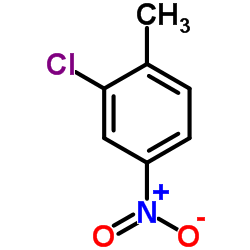 CAS#:121-86-8
CAS#:121-86-8 CAS#:7006-52-2
CAS#:7006-52-2 CAS#:99-99-0
CAS#:99-99-0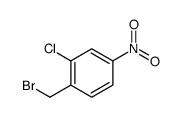 CAS#:42533-63-1
CAS#:42533-63-1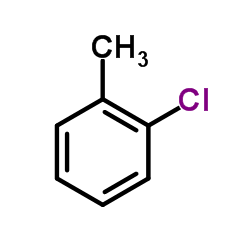 CAS#:95-49-8
CAS#:95-49-8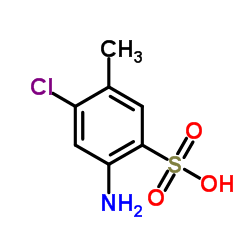 CAS#:88-51-7
CAS#:88-51-7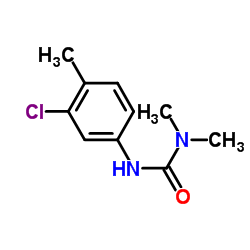 CAS#:15545-48-9
CAS#:15545-48-9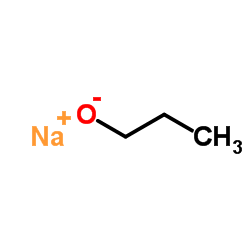 CAS#:6819-41-6
CAS#:6819-41-6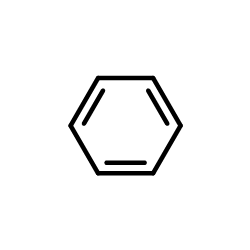 CAS#:71-43-2
CAS#:71-43-2 CAS#:141-52-6
CAS#:141-52-6 CAS#:50-84-0
CAS#:50-84-0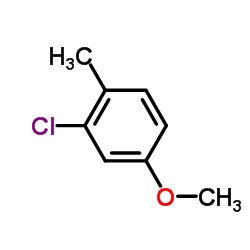 CAS#:54788-38-4
CAS#:54788-38-4 CAS#:51318-77-5
CAS#:51318-77-5 CAS#:5162-82-3
CAS#:5162-82-3 CAS#:220998-04-9
CAS#:220998-04-9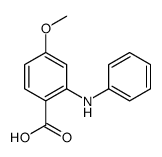 CAS#:19218-83-8
CAS#:19218-83-8 CAS#:24377-95-5
CAS#:24377-95-5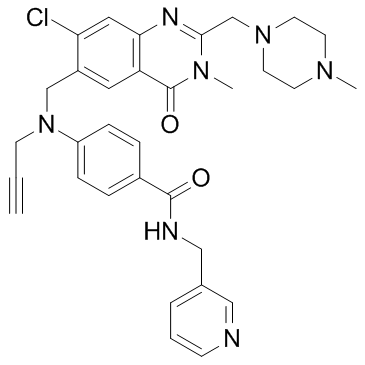 CAS#:289715-28-2
CAS#:289715-28-2 CAS#:23598-93-8
CAS#:23598-93-8 CAS#:289686-87-9
CAS#:289686-87-9
